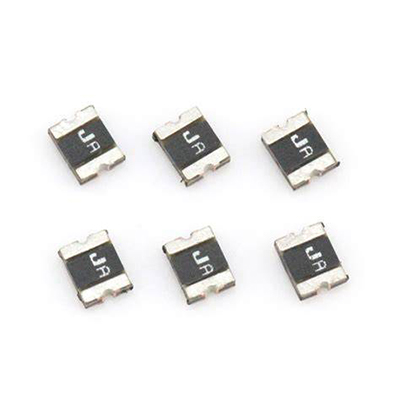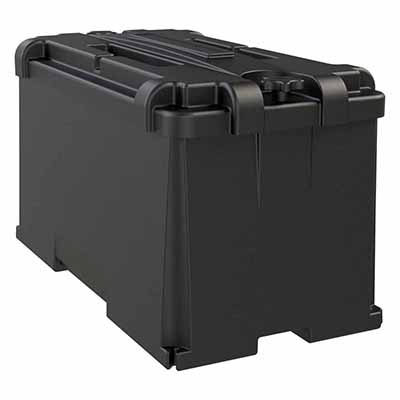fuse for electric vehicle battery systems ensuring safe power distribution
News 2025-10-24
Electric vehicles (EVs) are at the forefront of the shift towards sustainable transportation, powered by advanced battery systems that deliver high energy density and efficiency. However, the high voltages and currents involved pose significant safety risks, making reliable protection mechanisms essential. Fuses designed specifically for EV battery systems are engineered to ensure safe power distribution by quickly isolating faults. These devices are crucial for preventing catastrophic failures, such as battery fires, and maintaining the integrity of the vehicle’s electrical architecture. This article provides an in-depth look at their importance, practical applications, and key advantages.

Application Scenarios
In the context of EV battery systems, fuses find application in multiple critical areas. Primarily, they are integrated into the battery management system (BMS) to protect individual cells and modules from overcurrent conditions that could arise from defects or accidents. In charging infrastructure, fuses safeguard against surges during fast-charging, where power inputs can be substantial. Furthermore, in the vehicle’s power distribution units, they ensure that current is delivered safely to components like electric motors and onboard chargers. This multifaceted role highlights how fuses contribute to the overall safety and functionality of electric vehicles in various operational scenarios, from daily commuting to long-haul transport.
Performance Advantages
The performance advantages of EV-specific fuses are tailored to meet the demanding requirements of automotive electrification. They feature ultra-fast acting mechanisms that interrupt faults almost instantaneously, minimizing potential damage to sensitive electronics. High interrupt ratings allow them to manage large short-circuit currents without degrading, which is vital for the high-power demands of EV batteries. Moreover, these fuses are constructed with materials that offer excellent thermal and electrical conductivity, ensuring consistent performance under varying environmental conditions. Their compact design facilitates easy integration into tight spaces within battery packs, while their cost-effectiveness makes them an economical choice for mass-produced vehicles. These attributes not only enhance safety but also support the efficiency and longevity of EV systems.
Frequently Asked Questions
1. What is the primary function of a fuse in an EV battery system?
The primary function is to protect the system by interrupting the circuit during overcurrent or short circuit events, thereby preventing damage and ensuring safety.
2. How do EV fuses handle high-voltage applications?
EV fuses are designed with high interrupting capacities and fast response times to safely manage the elevated voltages and currents typical in electric vehicle battery systems.
3. Why are fuses critical for EV safety standards?
Fuses help meet stringent safety regulations by providing reliable fault protection, reducing the risk of thermal events and supporting compliance with industry standards like ISO 26262.


